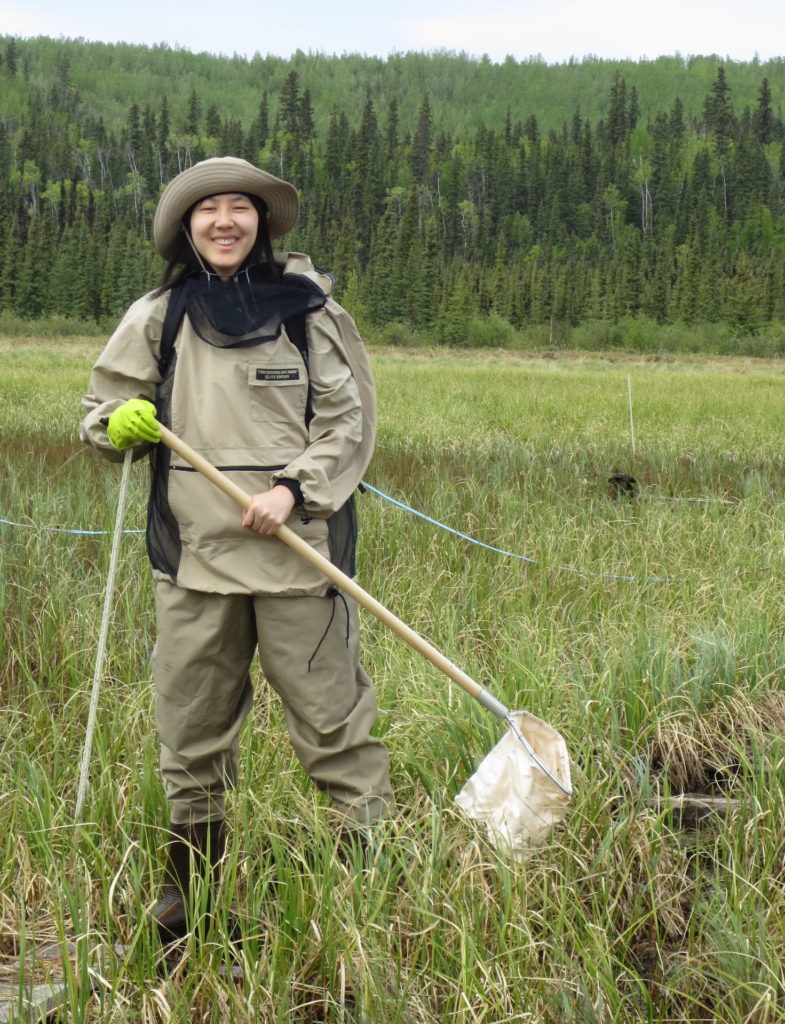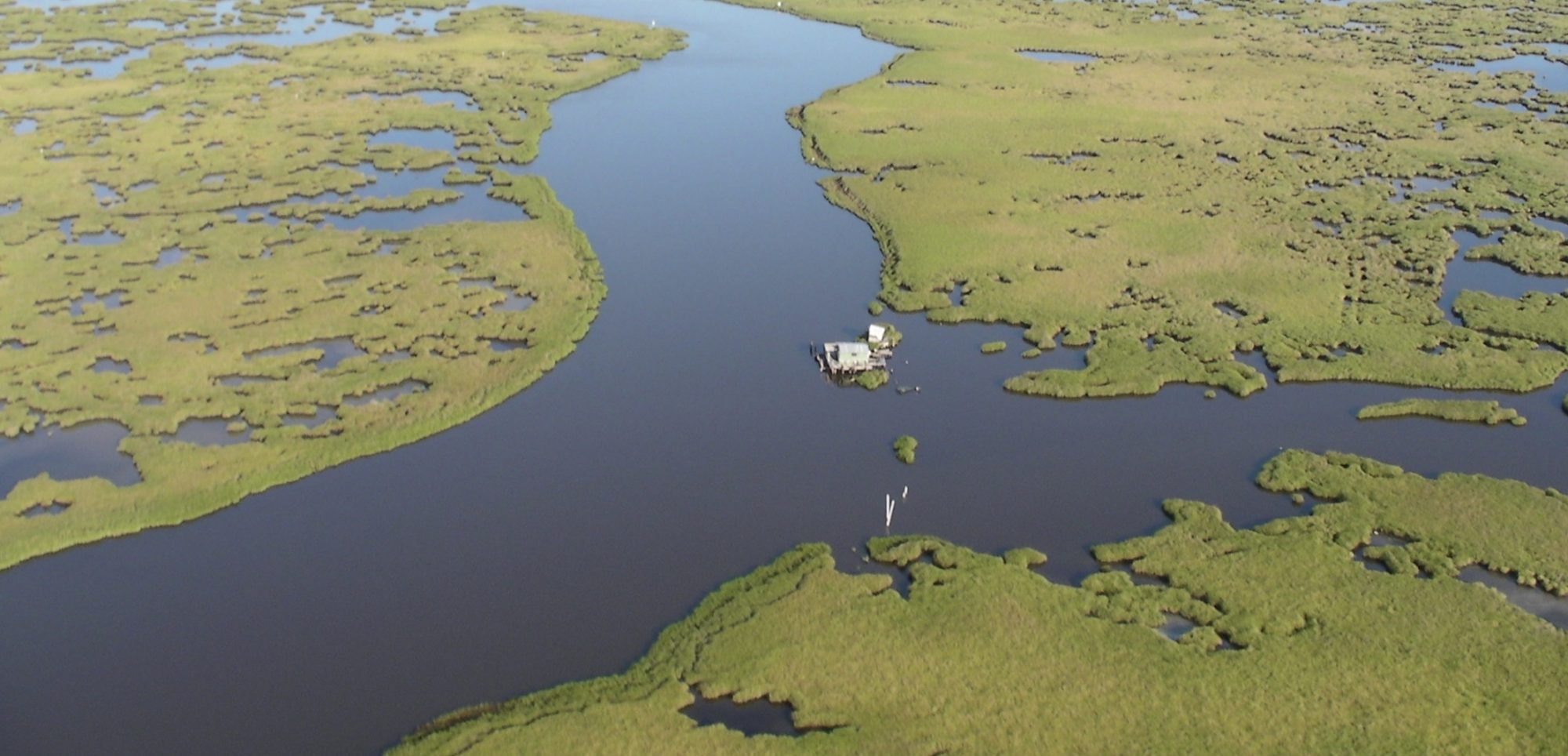
M.S. Candidate, Ball State University
Field Travel Grant Type 1
Interaction and Regulation of Light, Nutrients, and Temperature on Algae in a Boreal Peatland
“Boreal wetlands store a substantial pool of the world’s soil carbon (C) as peat, which accumulates over time as rates of primary productivity exceed organic matter decomposition. Due to their high latitude location, boreal wetlands are particularly susceptible to climate change, with climate models anticipating these regions to have temperature increases of 1.4–5.8 °C in this century. The current paradigm in peatland ecology is that energy flows primarily through plant detrital pathways and is constrained by a low metabolic environment and recalcitrant organic matter. Consequently, efforts to evaluate the effects of climate change on aspects of primary production have focused on plants, especially mosses, which produce a large fraction of annual biomass and tend to form litter that decomposes slowly. Comparatively, we know relatively little about the autecology of other primary producers in northern peatlands, such as microalgae, which grow as part of a complex network of microorganisms on plant litter. Algae can be abundant under a variety of soil moisture conditions in northern peatlands and have the potential to influence energy transfer to heterotrophic microorganisms at the peat surface.
The goal of this study is to examine how nutrient supply, temperature, and light interact to influence aspects of algal and heterotrophic metabolism in an Alaskan peatland. My hypothesis is that nutrient availability, temperature, and light interact to regulate both algal and bacterial parameters in northern peatlands. I predict that light availability will ultimately determine the importance of elevated nutrient availability and warming on algae and heterotrophic metabolism. This research has importance for ecosystem ecology as it will be among the first to evaluate associations between algae and heterotrophic bacteria in conditions expected with climate change in boreal peatlands.”
